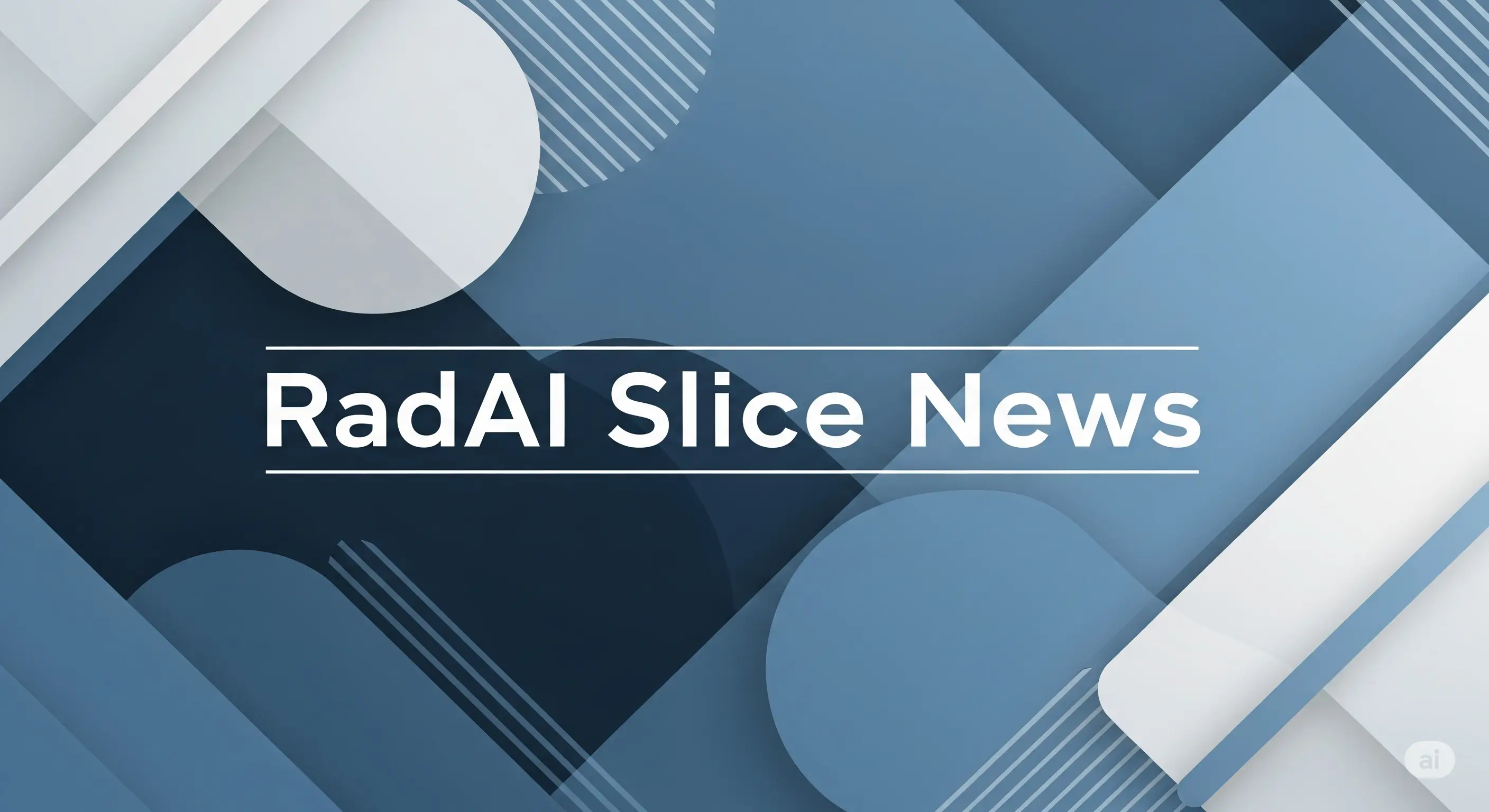
A refined AI tool using facial landmark detection improves the objective evaluation of facial palsy severity in clinical videos.
Key Details
- 1Researchers fine-tuned a facial recognition AI model (3D-FAN) for patients with facial palsy using 1,181 images from 196 patients.
- 2Manual annotation of facial keypoints improved the model's accuracy, particularly for eyelids and mouth asymmetry.
- 3The refined tool showed lower error rates in keypoint detection compared to baseline models trained on healthy faces.
- 4Objective ratings from the model may aid treatment planning and outcome assessments.
- 5Authors plan to make the AI model freely available for wider clinical and research use.
Why It Matters

Source
EurekAlert
Related News

ML and Multimodal Imaging Power Cerebral Blood Flow Monitoring for Spaceflight
Researchers developed a machine learning model that uses ultrasound and MRI data to predict cerebral blood flow in simulated microgravity for astronaut health.

Deep Learning Model Predicts Language Outcomes After Cochlear Implants Using MRI
AI model using deep transfer learning accurately predicts spoken language outcomes in deaf children after cochlear implantation based on pre-implantation brain MRI scans.

LSTM Deep Learning Enhances Optical Sensing for Biochemical and Medical Applications
Researchers have developed an LSTM-driven interferometric sensing system that achieves both high sensitivity and wide measurement range, overcoming previous trade-offs in optical sensing.